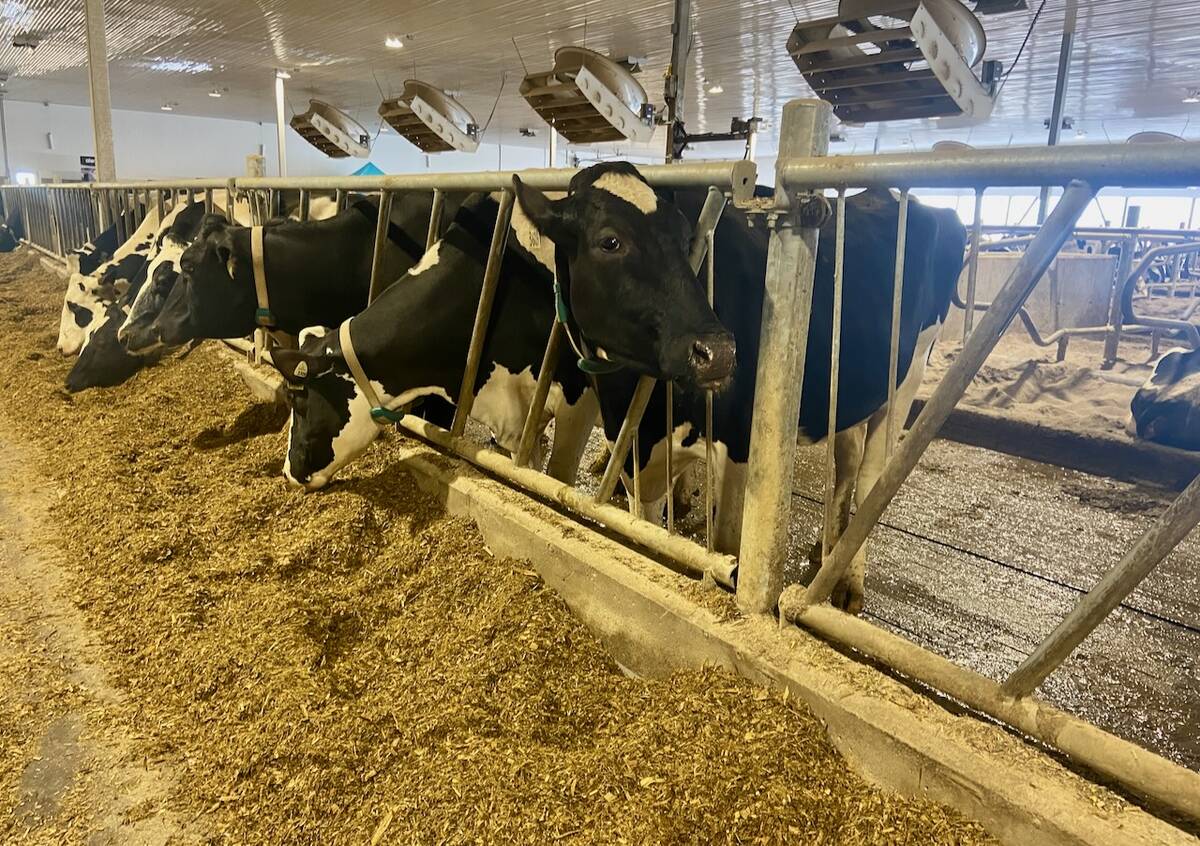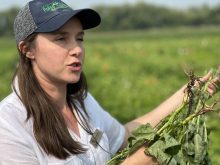Like many Winnipeggers, Charlie Robert retreats to the countryside most summer weekends. He gets away not to bask on the beach but to tend to his orchards.
Robert, with his family’s help, has been weeding, pruning and managing about 11,000 sea buckthorn plants at his Branching Out Orchard near St. Claude since planting them in 1999.
The weekend farmer believes the plant, which produces berries in fall, holds promise in fruit juices, medicines and nutraceuticals.
This fall, Agriculture Canada and the Prairie Farm Rehabilitation Administration will make Robert’s life a little better with the release of two new easier-to-harvest thornless varieties of sea buckthorn.
Read Also

U.S. farm group supports supply management
U.S. grassroots farm advocacy group pushing new agriculture legislation that would move towards supply management like Canada has for dairy industry
Bill Schroeder, agroforestry research manager with Agriculture Canada at Indian Head, Sask., said the research centre has been working on improving the plant, which has been used in shelterbelts since the 1940s.
Researchers have worked on breeding thornless varieties that can work with mechanical harvesters for the last eight years
“That’s been a major obstacle,” Schroeder said.
Recent efforts to launch the industry were made through Canada Sea-Buckthorn Ltd., which wound down with the death of the company’s owner.
“There’s been some growing pains but if we get through them, maybe we’ll see more happening,” said Schroeder.
Robert said the plants are hardy, have experienced few insect and disease problems and produced their first harvest last fall.
He expects a smaller bounty this year due to drier conditions in the orchard.
Irrigation would increase his production but is currently not an option.
“We’ve got to see more dollars from this project before we invest more in it,” he said.
For now, he is content to experiment with harvesting, production techniques and processing.
He experienced leaf damage but has had few losses from wildlife, which seem to find the fruit unpalatable.
Robert tried using the berries in soap and juice with mixed results.
“They have a unique taste we aren’t used to, not unpleasant, but very Eurasian in flavour,” he said.
For his first harvest last fall, he extracted 5,000 kilograms of berries by cutting and freezing branches before passing them through a type of threshing machine.
Robert is encouraged by calls for small orders for his modest crop and continues to look for new market opportunities.
“There’s no established markets, so there is no sense taking 10,000 pounds (4,500 kg) out of your orchard if we can’t sell 500 pounds (225 kg) of it,” said Robert.
There are numerous opportunities in China, where the plant is better known. In Europe, it is used in candy, liquor and vitamin C tablets and to colour food and fabrics.
In Saskatchewan, individuals have created sea buckthorn jams and jellies.
In a recent analysis on a 10-acre sea buckthorn plantation, Schroeder assumed yields of six kg per tree, with hand harvesting and no irrigation.
His projected production costs were $2.31 per kg in year seven when fruit production had stabilized. This compares to reported production costs of $3.12 per kg for hand-picked saskatoon berries in a similar-sized orchard.
The difference in production costs are related to significantly higher yields for sea buckthorn and reduced inputs, he said.
Canada Sea-Buckthorn Ltd.’s feasibility study found emphasis should be placed on developing a sports drink and herbal teas, with residual products used for essential oils. It found market prices for sea buckthorn oil distributed by Essentially Oils Ltd. at $200 per kg.
Robert hopes the plant’s promise will bear fruit in the next year or two.
“If things don’t seem to be progressing, we may explore something different,” he said of the time-consuming orchard business. He added it is up to growers to do their homework on the new crop.
Martine Bolinger of D’nA Gardens at Elnora, Alta., said the plant needs a champion to sustain its development and promote it.
She hopes the new varieties will encourage growers to try them.
D’nA annually sells about 2,000 plants, mainly to orchards. A ratio of seven male to one female plants is recommended.
Production manuals are available for growers, said Tom Li, research scientist at Agriculture Canada in Summerland, B.C.
The plants generally come into full production at year six, producing eight to 10 kg of fruit per tree.
Water is necessary when setting fruit and when establishing new orchards, but generally they weather prairie conditions well, said Li.
He advised removing suckers, weeding between rows and watering between plants instead of directly on the roots.
“Sea buckthorn does not like wet feet,” Li said.














